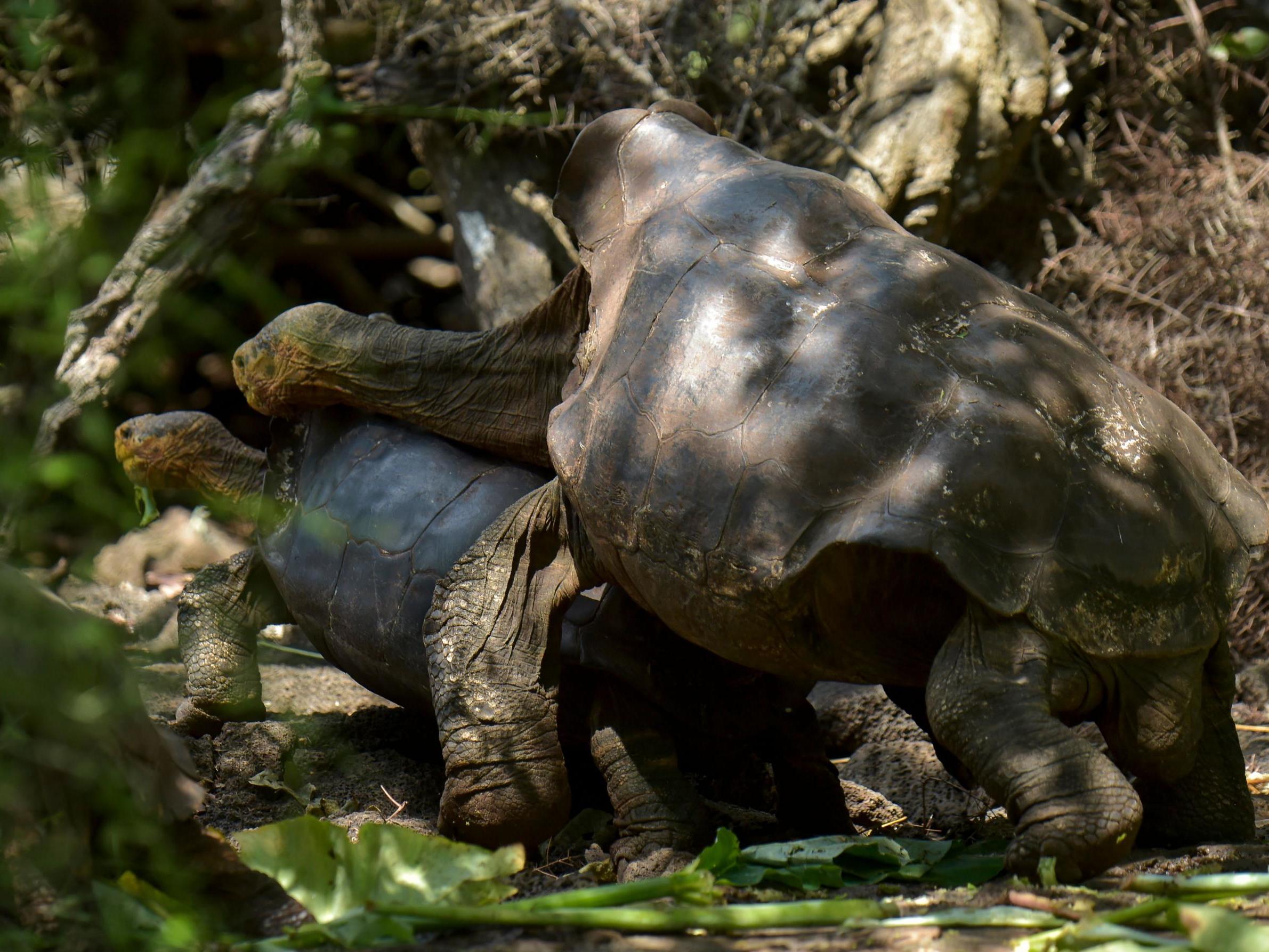Tortoise called Diego, who had so much sex he saved his species, retires to Galapagos
Around 40 per cent of new population are Diego’s descendents, authorities say

Your support helps us to tell the story
From reproductive rights to climate change to Big Tech, The Independent is on the ground when the story is developing. Whether it's investigating the financials of Elon Musk's pro-Trump PAC or producing our latest documentary, 'The A Word', which shines a light on the American women fighting for reproductive rights, we know how important it is to parse out the facts from the messaging.
At such a critical moment in US history, we need reporters on the ground. Your donation allows us to keep sending journalists to speak to both sides of the story.
The Independent is trusted by Americans across the entire political spectrum. And unlike many other quality news outlets, we choose not to lock Americans out of our reporting and analysis with paywalls. We believe quality journalism should be available to everyone, paid for by those who can afford it.
Your support makes all the difference.A tortoise who helped save his species from extinction by having hundreds of children will be released into his homeland after spending eight decades away, conservation authorities have said.
Diego earned a reputation for having lots of sex during a captive breeding scheme for giant tortoises in the Galapagos Islands, and the 100-year-old has now reportedly fathered over 800 children.
He will soon be released into the wild on his native Espanola Island after officials said the programme – which recruited Diego from San Diego Zoo four decades ago – has been a success.
Around 40 per cent of the new tortoises on the island are Diego’s descendents, according to Galapagos Conservancy.
“Diego, who is over 100 years old, will return to his home island almost eight decades after being extracted from it,” the conservation body said.
The population of the Chelonoidis hoodensis species has gone from 15 to 2,000 since the scheme started around 40 years ago, according to Jorge Carrion, the Galapagos National Park director.
“The island’s ecosystems currently have adequate conditions to support the growing population of tortoises,” he added.
The national park service believes Diego left the Galapagos Islands 80 years ago during a scientific expedition, the BBC reported.
He became one of three male tortoises involved in the breeding scheme – which involved 12 females – after being recruited from the US zoo where he had been living for 30 years, Galapagos Conservancy said.
Diego is currently in quarantine before he returns into the wild on Espanola Island along with other tortoises in March, according to authorities.
“The island has sufficient conditions to maintain the tortoise population, which will continue to grow normally,” said Washington Tapia, the director of the Giant Tortoise Restoration Initiative.
A species of giant tortoise that was believed extinct was discovered on another Galapagos island earlier this year, Ecuador's government said.
The Fernandina Island tortoise had previously only been seen once before at the start of the 20th century.
Join our commenting forum
Join thought-provoking conversations, follow other Independent readers and see their replies
Comments